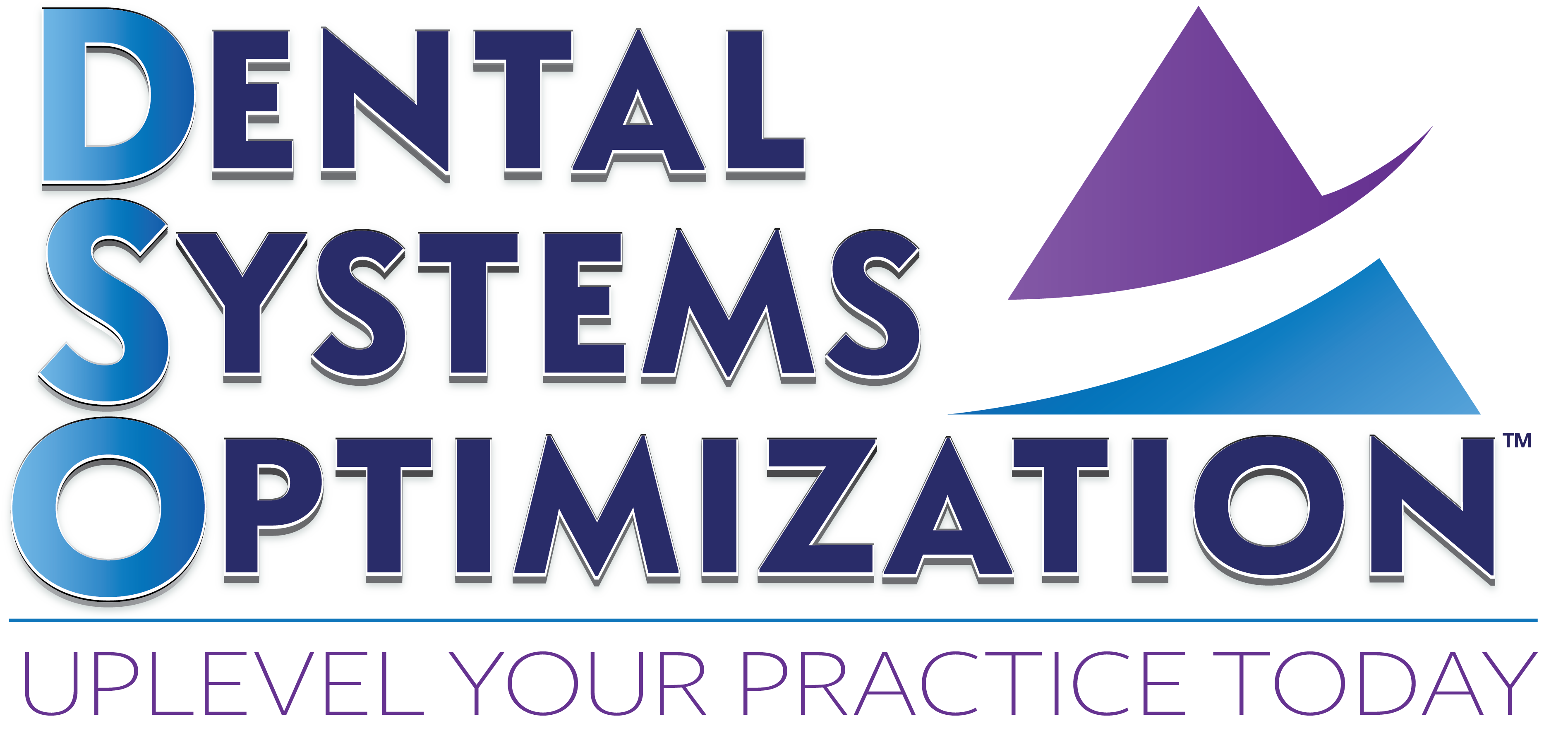Key Performance Indicators (KPIs) for Dental Practices
Leveraging information for a successful practice can be a daunting task for many practice owners. Let us show you how our Key Performance Indicators (KPIs) can transform your practice analytics, making them easy to gauge at a quick glance.
Understanding KPIs for Dental Practices
Most dentists find that dental school provided them with very little education on numbers and business management. Many of our clients pursued their passion for helping people gain a healthy and beautiful smile. Unfortunately, ignoring the business side of your practice can be a very costly mistake.
As a practice owner, your success demands that you understand your business and the threats within. After all, you cannot improve if you are not aware of what is broken. Some of the most successful practices today have something in common; monitoring Key Performance Indicators (KPIs). Your practice management software quietly keeps the data, and we help you turn it into your practice roadmap.
Why KPIs Matter
KPIs provide a plethora of information, much like the dashboard in your car. Everything you need to know about your practice’s performance is right before your eyes. Now comes interpretation; how well – or how poorly – your practice is performing.
Productivity: You probably have a general sense of how productive your practice is every week just by reviewing scheduling calendars. However, reviewing actual productivity numbers daily, weekly, monthly, and annually can help you spot patterns and trends, helping you move toward your goals.
Profitability: Because you are running a business, you need to know how profitable that business is. After accounting for operating expenses and other overhead costs, what is your total revenue? Watching this number over time can help you see how adjustments to your overhead or patient marketing are impacting your bottom line.
Key Metrics to Monitor
Accounts Receivable: When you bill patients or their insurance companies for services rendered, what percentage are you actually collecting? Industry targets say you should collect 98% of amounts billed. If your collections amount is lower, you need to take a close look at why and determine what you can adjust.
Overhead Costs: Consider your overhead costs, including rent, utilities, operating expenses, equipment and supplies, and other expenses associated with running your practice. This should be less than 60% of your revenue. If your overhead is higher, it is cutting directly into your profitability, so look for ways to lower expenses.
Treatment Plan Acceptance: When you or someone on your team recommends treatment to a patient, do patients generally accept the plan and move ahead? If not, you may need to re-evaluate how treatment plans are being presented. This is a key and vital part of keeping a thriving practice.
New Patient Acquisition: Attracting new patients is crucial for growth. If your practice is struggling to attract new patients, it may be time to change up your marketing and incentive plans.
Addressing Common Challenges
Cancellations and No-Shows: Aim for cancellations or patient no-show appointments to be 1% or less. Watching these numbers over time can help you identify whether you need to make policy changes to discourage such behavior.
Hygiene Re-care Appointments: Hygiene re-care appointments ensure a full schedule. Most dental practices aim to have 98% of their patients scheduled for their next routine cleanings. If your practice’s numbers are lower, you may need to evaluate scheduling methods.
Productivity Breakdown: Your patient treatments should account for about 75% of practice productivity, with hygiene appointments at 25%. Of course, there will be weeks when these numbers are skewed, but over time, you should aim for this breakdown.
Insurance Production vs. Patient-Pay (Fee-for-Service): Do you know what percentage of your revenue comes from insurance billings vs. the percentage paid directly by patients? Evaluate the breakdown to determine whether there are things you can implement in your practice to reach a target that best benefits your practice.
By monitoring these Key Performance Indicators, you can make informed decisions that drive the success and growth of your dental practice. Let us help you turn your data into actionable insights.
